Climate change affects cocoa production
Sustainable Yield-Boosting Protocol for West Africa
(Science-Backed Solutions for West African Farmers)
(Climate change leads to a decline in cocoa production) – West Africa, responsible for over 70% of global cocoa output, faces unprecedented challenges. Rising temperatures and erratic rainfall patterns are reducing yields by 20-40% in key producing regions like Ivory Coast and Ghana (ICCO, 2023). This technical guide presents science-backed solutions addressing:
- Heat stress causing flower abortion rates up to 60%
- Soil degradation from intensive farming practices
- Pest/disease outbreaks worsened by climate variability
NO.1: Critical Challenges in West African Cocoa Cultivation
1. Climate-Induced Production Declines
Recent studies from the Cocoa Research Institute of Ghana (CRIG) show:
- Temperatures above 32°C during flowering reduce successful pollination by 45-55%
- Irregular rainfall patterns cause 30% smaller bean sizes
2. Soil Health Deterioration
According to IITA’s Soil Health Initiative:
- 65% of cocoa farms now have pH levels below 5.0
- Organic matter content has dropped from 3.5% to 1.8% in 20 years
3. Pest and Disease Pressure
The Centre for Agriculture and Bioscience International (CABI) reports:
- Black pod disease causes $600 million in annual losses
- Mirid bug populations have tripled in drought-affected regions
NO.2: Precision Nutrition Strategies
1. Climate-Resilient Fertilization Program
Pre-Flowering Phase (6 months prior)(Check our store for products)
- Apply slow-release humate granules (300kg/ha) to buffer soil pH
- Use fish protein liquid fertilizer (150L/ha) to enhance root heat tolerance
Flowering Phase
- 10-40-10+TE foliar spray (2kg/ha) with 0.2% boron increases flower retention by 22% (CRIG trials)
2. Drought Adaptation Techniques
- Deep placement of humic-coated MKP (250kg/ha) at 20cm depth
- Amino acid chelates (Zn/Mn) reduce leaf scorch by 30%
NO.3: Integrated Pest Management Solutions
1. Biological Control Methods
- Trichoderma-loaded biofertilizer cuts black pod incidence by 65% (IITA field data)
- Neem oil rotation reduces mirid damage by 40% without harming pollinators
2. Cultural Practices
- Shade tree integration (Gliricidia at 80-100 trees/ha) lowers canopy temperatures by 3-4°C
NO.4: Cost-Benefit Analysis of Different Approaches
| Strategy | Cost ($/ha) | Yield Increase | ROI (3 Years) |
|---|---|---|---|
| Conventional Methods | $480 | Baseline | 1:1.2 |
| Improved Fertilization | $620 | 25-30% | 1:2.8 |
| Full Biological Program | $890 | 40-50% | 1:4.3 |
Data source: FAO Cocoa Best Practices
NO.5: Success Stories from West Africa
1. Ivory Coast Cooperative Transformation
- Initial condition: 0.8 tons/ha with 60% pod rot
- Solution:
- Compost activator + 21-21-21+TE soil rehabilitation
- Anti-nematode microbial inoculant via drip irrigation
- Result: 1.5 tons/ha (+87%) in 18 months
2. Nigerian Smallholder Innovation
- Technique: 420-0-0 UAN through fertigation during drought
- Outcome: 40% water reduction with maintained yield
If you are interested in this article, or have any questions that need to be answered, You can find us at any time through the chat icon in the lower right corner of the webpage. Of course, you can also check out our other social media (such as Linkedin) to learn more about us.
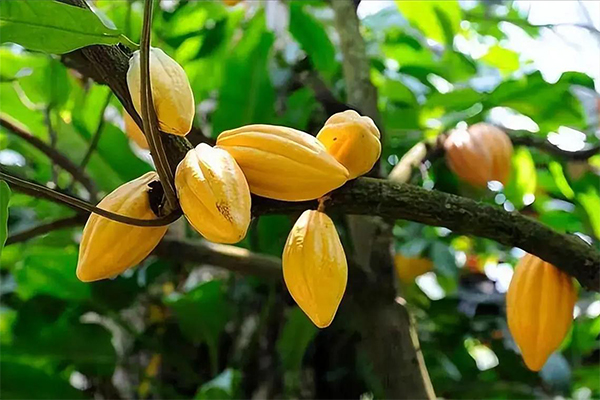
The number of pods per plant increased by 35%, the compliance rate of husk thickness exceeded 90%, and the yield per ha steadily exceeded 1200 kg.;
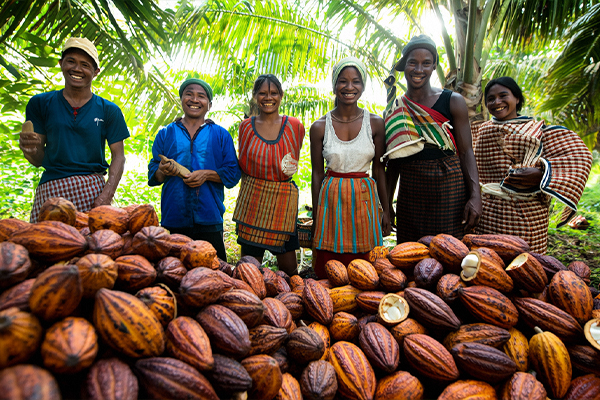
The canopy of the cocoa orchard with the customized formula is thick and uniform, the disease resistance of the leaves is increased by 40%, and the incidence of anthrax is reduced by 60%;
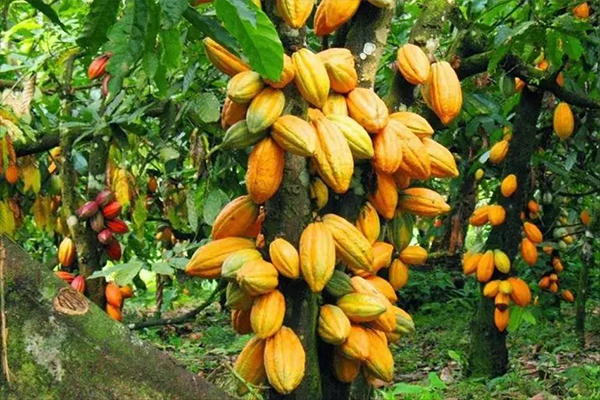
A single grain of cocoa beans gained 18% in weight, the content of flavanol, the core flavor substance, reached 8.5%, and the fermentation potential rating was upgraded to AA.
Cocoa fertilizer
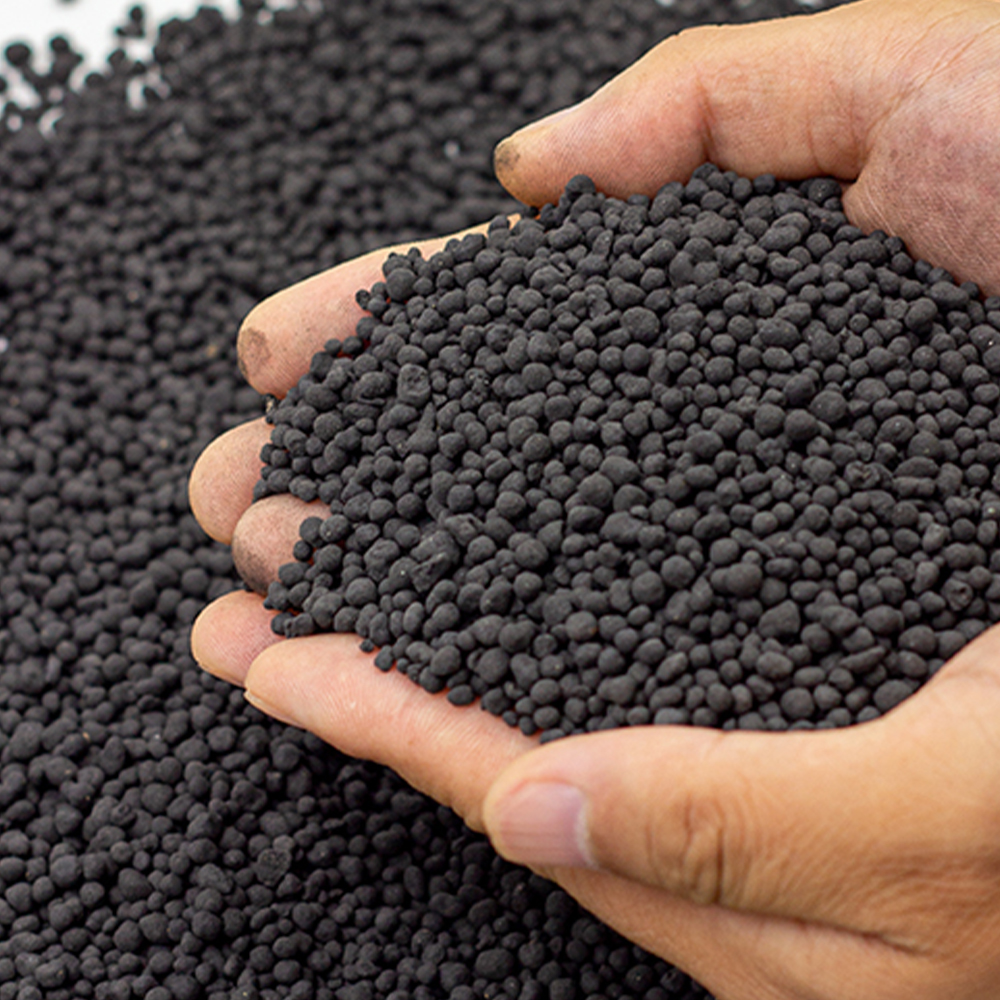
Bio-organic fertilizer
Organic matter ≥40%
CaO≥10%
beneficial bacteria count:≥0.20 billion/g
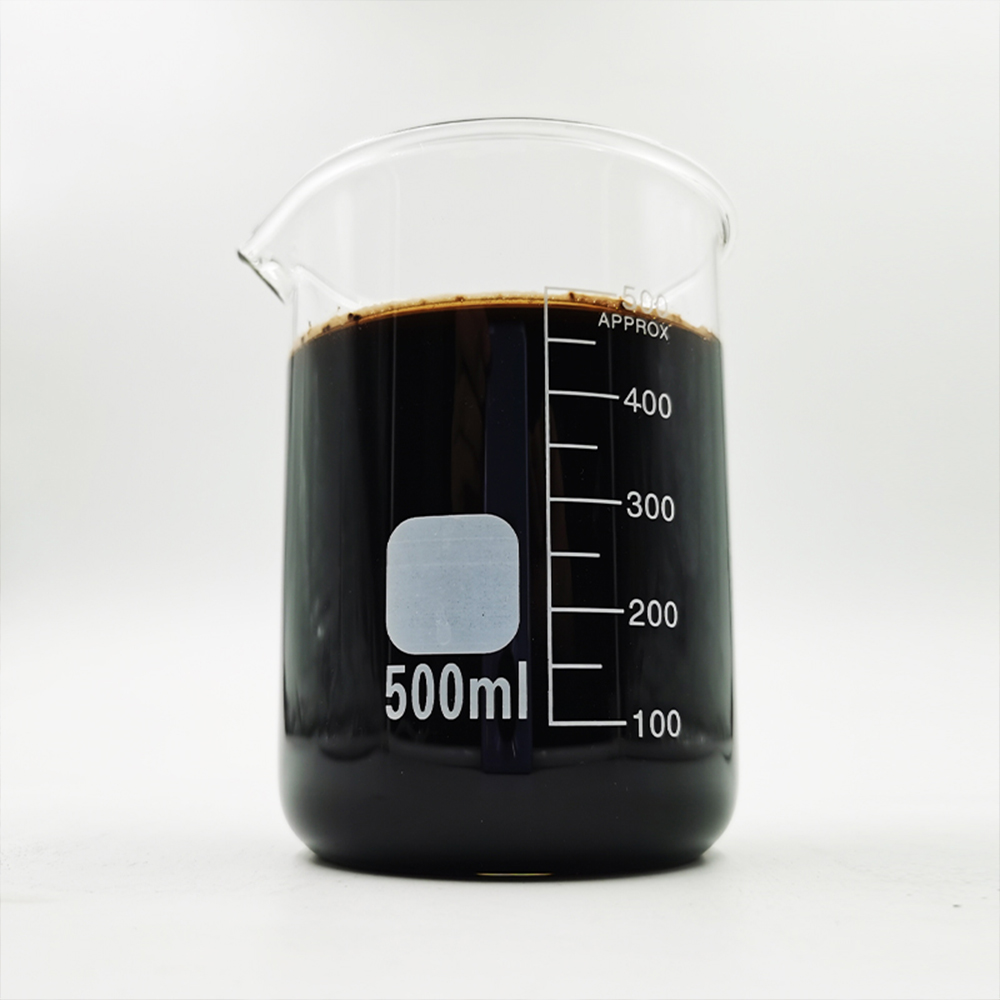
Ca mg amino acid liquid
Ca+Mg≥100g/L, Fish protein ≥100g/L, Amino acids≥120g/L, N≥90g/L,Ca≥60g/L, Potassium≥50g/L, Mg≥40g/L
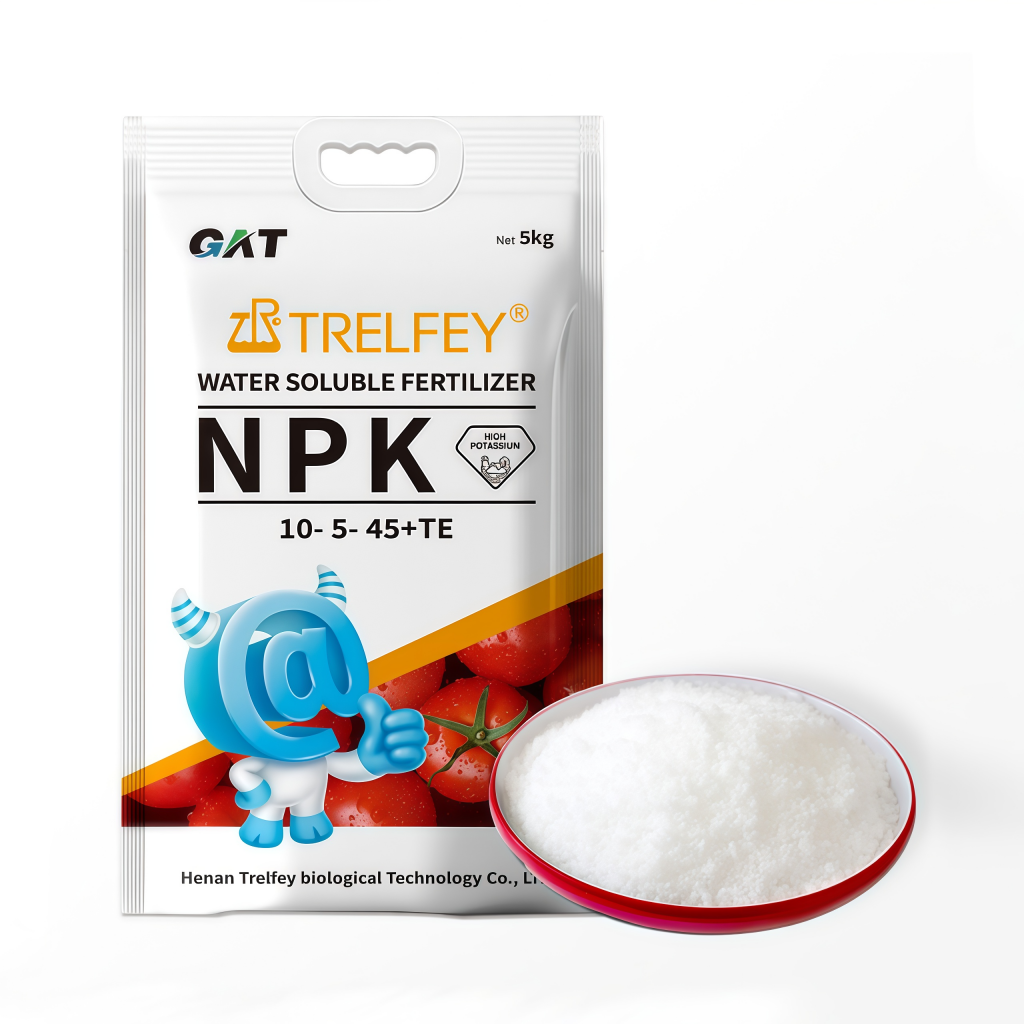
NPK 10-5-45+TE
Does not contain plant growth hormone, Contains a variety of trace elements

